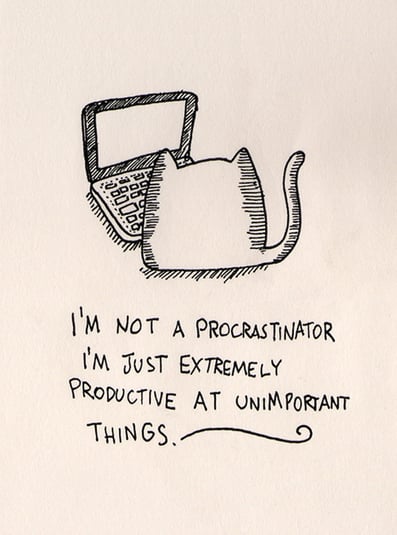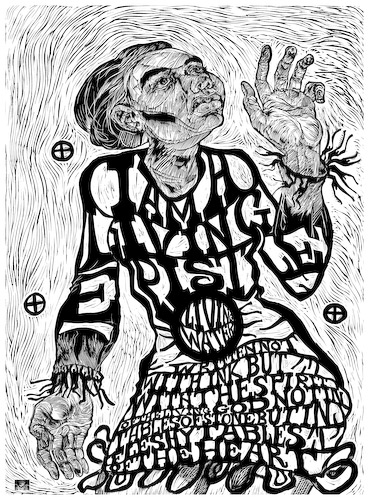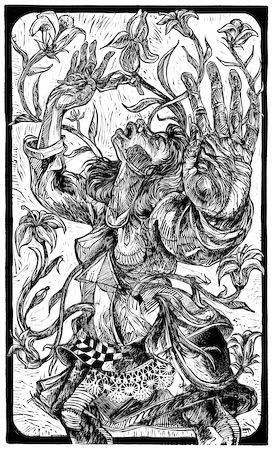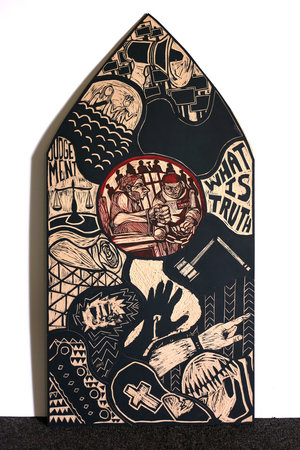How have you developed and deepened your habits of thinkING this semester? And how are you now moving on as an “independent life” free from the constraints of the Octavia Butler&Social Ties course?
At the beginning of this course, I made note that “habit is key” and over the course of the semester, I set out to develop good habits, and to be rid of bad ones. As life resumed during COVID-19, balance, between work and self-care became a hard thing to manage. Slowly the care I had for my growth in this course didn’t level up with my work ethic. I was unmotivated and felt down most of the time. But I always loved and appreciated interdisciplinary courses because they allowed me to cross-reference and connect different ideas I’ve developed in previous courses with the ones I developed currently. With this flexibility, I knew my goal could never be too far out of reach. MY thinkING developed this semester because I was able to apply the things I’ve learned in the past to the different topics I was learning now. Things like consent, harm, care, etc. I was also able to understand that I should never shy away from additional research so as to connect different topics and our course’s life preservers. Beth McCoy who teaches the Octavia Butler and Social Ties course has constantly advised about effective and efficient ways to develop your thinking. Unlike many of the characters we were introduced to in this course, it had been extremely difficult for me to focus sometimes. But figuring out how to still get through assignments, by using different tools and methods has been exciting. Moving forward and away from this course as an independent life means that I have been able to work through setbacks and finish strong. With me, I have taken many lessons I’ve learned from both Octavia Butler and Beth McCoy.
Based on the central course question “What binds and brings people together?” what have you learned, while reading Octavia Butler’s trilogy Lilith’s Brood?
While reading Octavia Butler’s Lilith’s Brood I learned a good deal about what brings and binds people together. In the trilogy, fear is the driving force behind many of the character’s choices and decisions. Set in a futuristic dystopia where the earth has been destroyed by war, human beings are saved by unearthly beings who have their own planned agenda. In the third book Imago the character Jodah, a construct child who is half human and half Oankali, begins to realize that their stage of growth or “metamorphosis” is somewhat abnormal than what they or their family expected. Born as a sexless child, this change, or metamorphosis can allow the construct child to become either a male or female. Oankali born children can become, male, female, or ooloi, which is a sexless adult responsible for helping to produce children and collecting data. In one scene after they and their parents realize that they were becoming ooloi, their parents became fearful of what may happen to their child(538-542 Butler). The parents speak critically at Nikanji their ooloi mate who Jodah spent most of their time with. There had been a consensus among the Oankali that stated all accidentally produced construct ooloi would be exiled and sent to an Oankali ship. By the end of the novel, even though Jodah had proven to not be a threat, the Oankali were still fearful of the damage construct ooloi could do. They felt threatened because Jodah was the first of its kind, a construct child, who had developed into what Oankali considered a mistake. Fearful of such difference and lack of control, Jodah was exiled. While reading, I had concluded that the Oankali always embraced difference until the end of the last novel. In the second novel, Adulthood Rites’ Phoenix Jodah’s older sibling Akin is encouraged by their human mother Lilith, to always, when in conflict, pick the “Oankali way,” which is to embrace differences(329 Butler). The ending of the trilogy however shows that not even the Oankali can rationalize their fear when it comes down to Jodah’s distinction. I learned fear can drive you to exclude others especially when a group targets another.
What have you learned about the course’s concepts of harm and care?
When it comes to harm and care Butler’s trilogy creates a blurry line that doesn’t quite distinguish the two. Both beings, the Oankali, and Humans do things that they would consider an act of care but can also be seen as an act of harm. For instance, in the first novel, Dawn’s Womb, the main character Lilith is having a conversation with her future parent-in-law, Jdahya. Jdahya is explaining to Lilith the mission of the Oankali is to essentially “trade” with the human beings they saved from the ruins of the earth. Lilith is not quite understanding of the Oankali because the Oankali have basically kept the humans as prisoners with no rights as well as victims whom they’ve kept safe and healthy (23-34 Butler). Care is misleading in the trilogy and is subjective to those who are being cared for. Lilith feels like she is being harmed because the Oankali has chosen, without permission, to take away basic human privileges, and rights, like when Lilith later finds out the Oankali have sterilized all of them, preventing anyone from having children, or pure human children for that matter(92-94 Butler). When Lilith realizes she has not consented to trade her health for her freedom, it becomes too late. From the perspective of the Oankali, they believe they know what’s best for humans. Jdahaya one of the first beings that Lilith meets tells her, “Your people’s situation was more like your own with cancer my relative cured”(38 Butler). Jdahaya in this scene explains to Lilith that humans are incapable of survival and that eventually if the earth has been repaired, and the humans returned, they would inevitably destroy themselves again in another war. Their natural likeability to destroy one another is something the Onakali feel they have cured by not allowing to free them. Perspective is key in these situations and I realized that harm can come easily when we wish to care for people if we are not careful.
Are you in the habit of getting “prepared to change and be changed?”
I honestly don’t know if I’m in the habit of getting “prepared to change and be changed” I do know that I have changed and that I want to be able to prepare myself in the future to do so, but I can’t say that I know what that looks like for me yet. In the novel, the Oankali were able to prepare for change, but unlike normal Oankali Jodah from Butler’s Imago’s Metamorphosis, had not had that opportunity(523 Butler). I feel, like Jodah even when your expecting change to come, change is hard to be prepared for. Unlike the Oankali, change is not always planned. But by going into this course open-minded, willing to hear different perspectives, I feel that that is as prepared as I could be. But then again maybe it’s not. Maybe preparing for change is something more, and maybe being open to it is the first step.






